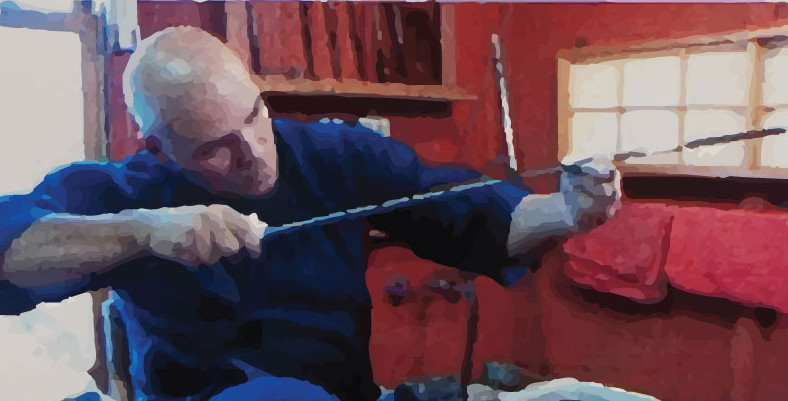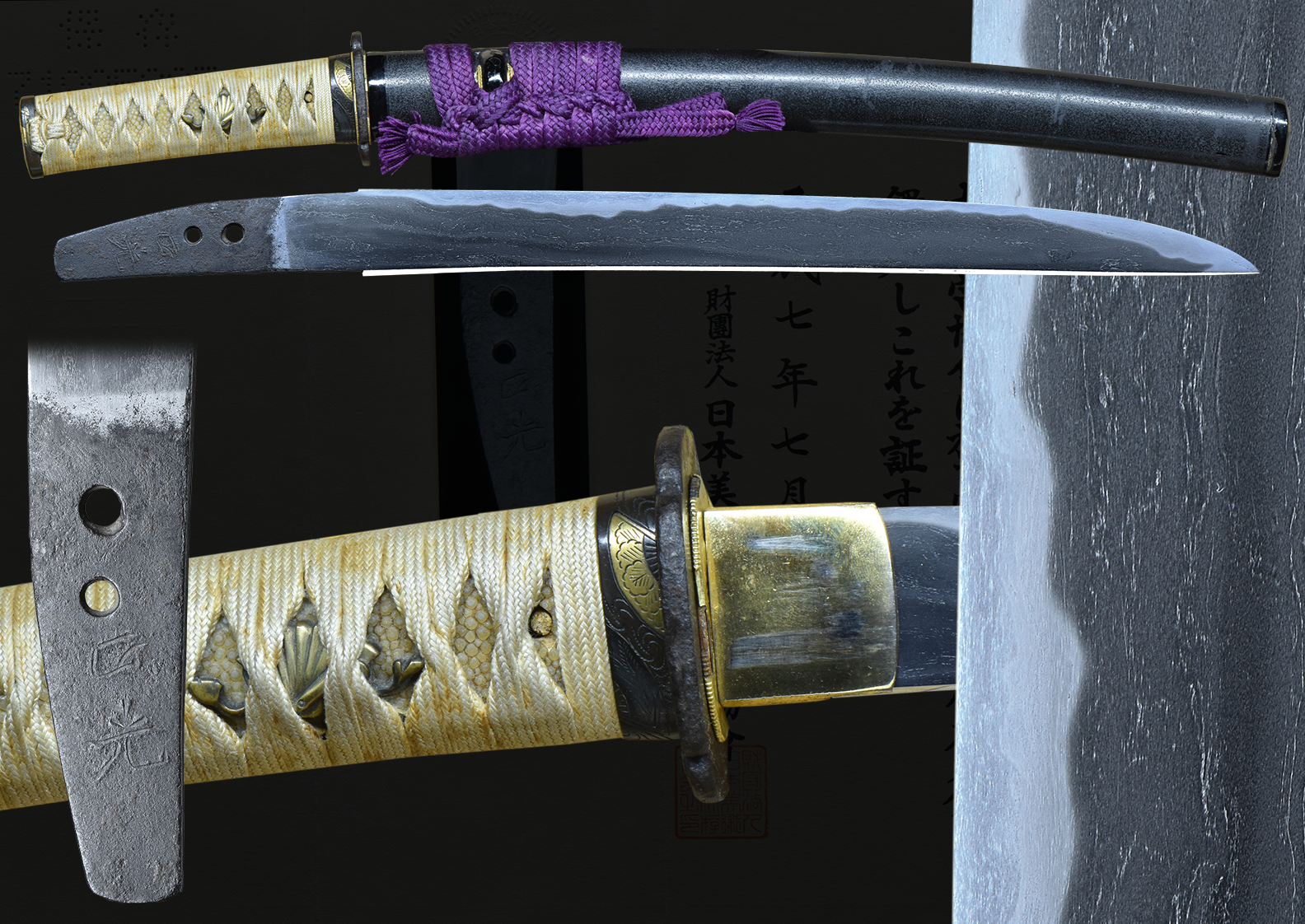
by Moses Becerra | Jun 29, 2024
Masamitsu Tanto (fss-946) New Item Available Sold On Hold Special Sale A beautiful hira-zukiri tanto signed Masamitsu. The blade appears soshu which would be towards late kamakura – Nambokucho era. The steel is peppered in ji-nie. The hada is a fantastic blend of...
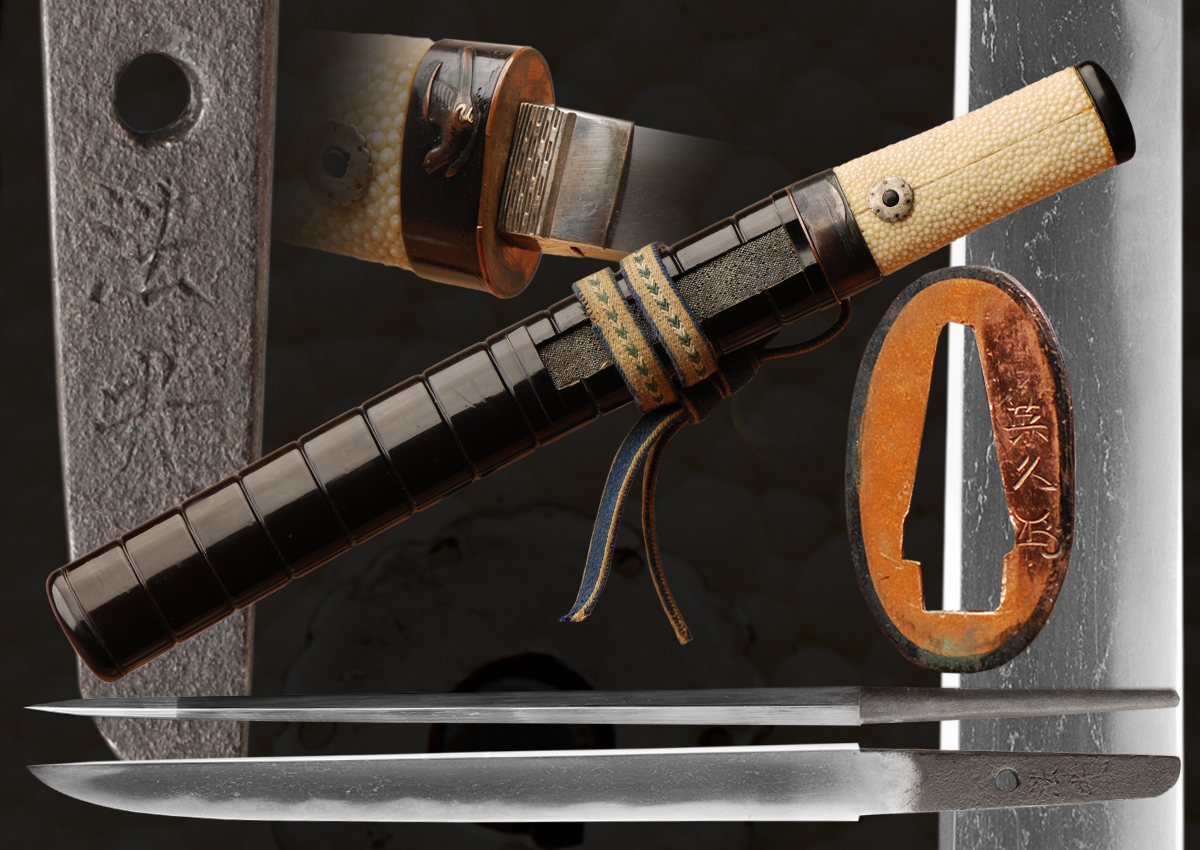
by Moses Becerra | Jun 12, 2024
HIROMITSU TANTO(fss-945) New Item Available Sold On Hold Special Sale This tanto is from the koto era and is what is know as a yoroidoshi or armor piercing blade. This design is for stabbing thru armor or chain mail. That is why it is so thick and short. The sword...
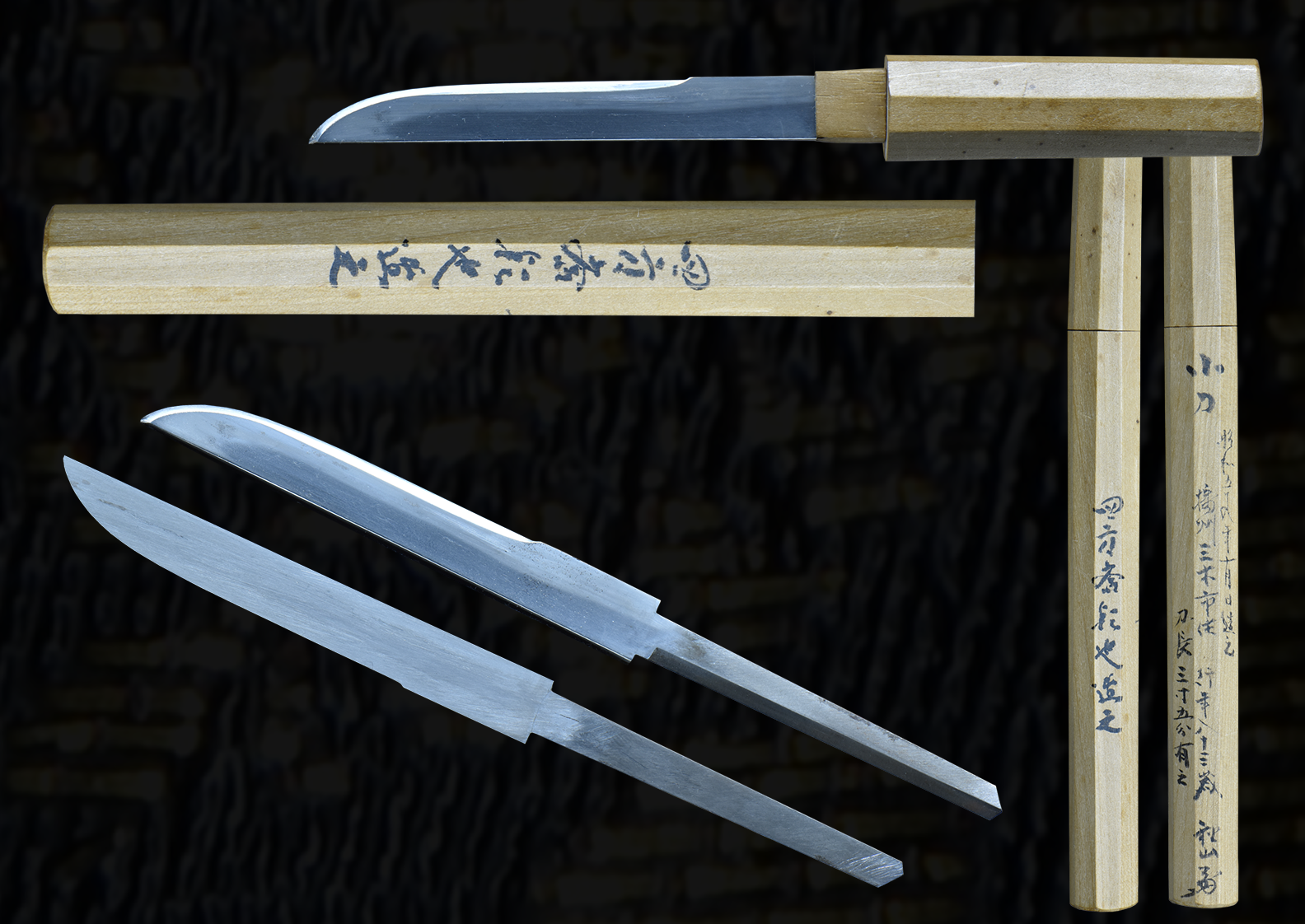
by Moses Becerra | Jun 1, 2024
KO-GATANA (fss-944) New Item Available Sold On Hold Special Sale This is a kogatana and has a hamon that is visible. Overall its in good condition and comes in a nice shirasaya. We have not translated the writing on the shirasaya but it must be info on the owner, or...
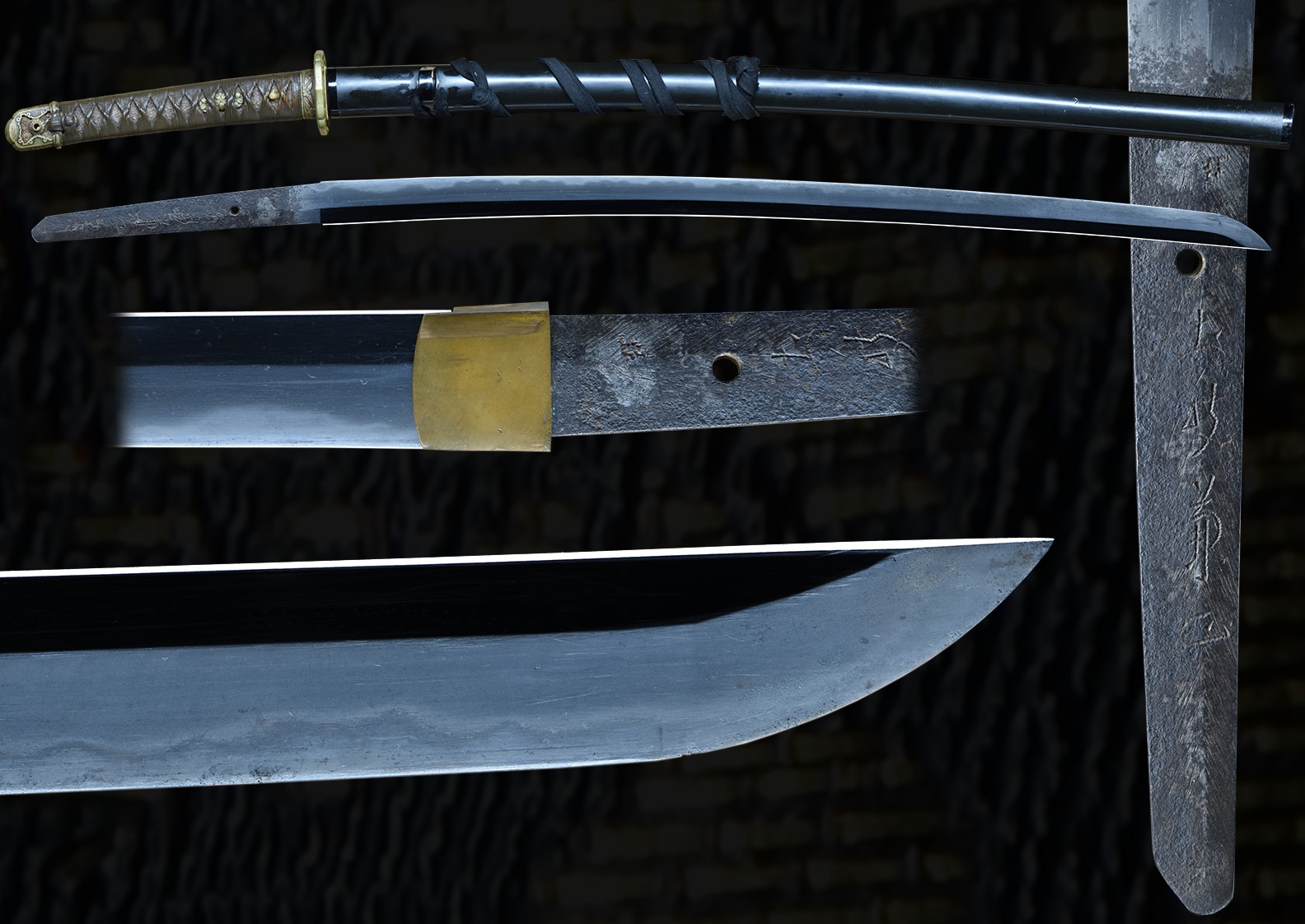
by Moses Becerra | Jun 1, 2024
KANEMASA KATANA (fss-943) New Item Available Sold On Hold Special Sale This is a WWII era katana made for the war effort. It is oil tempered and clearly a military sword. It comes in a black saya and original military fittings and handle. The sword is solid and has...
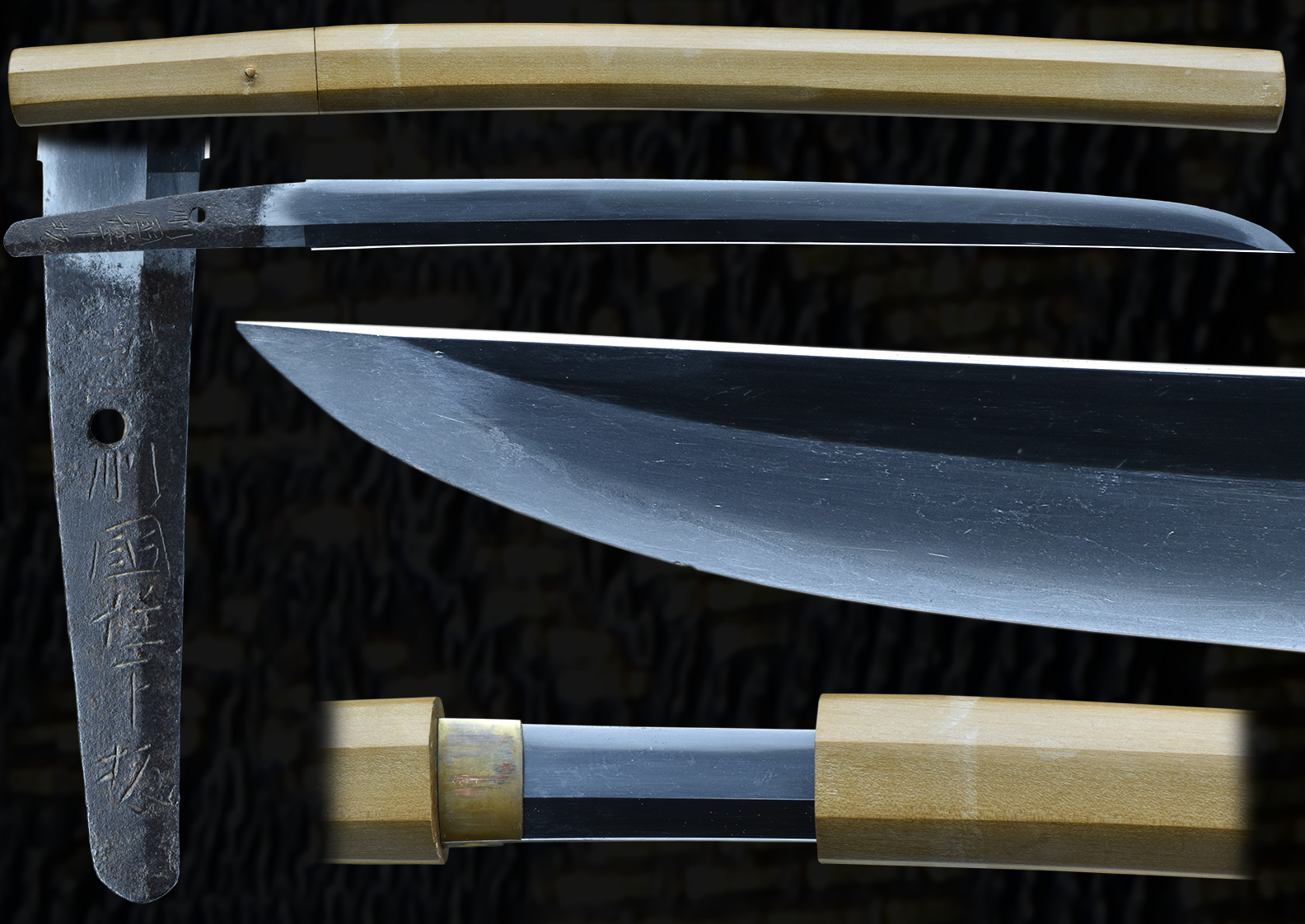
by Moses Becerra | Jun 1, 2024
SHIMOSAKA WAKAZASHI (fss-942) New Item Available Sold On Hold Special Sale This blade was forged by one of Shimosaka swordsmiths in the early Edo period. The founder of Shimosaka school was the first-generation Yasutsugu. It was initially founded in Shimosaka town in...







